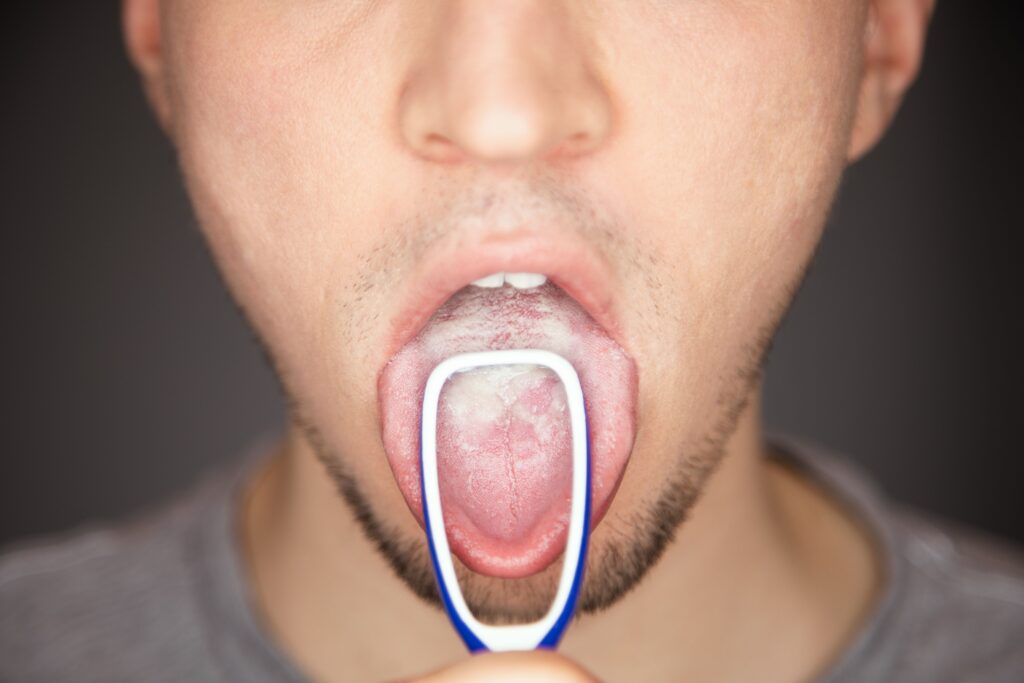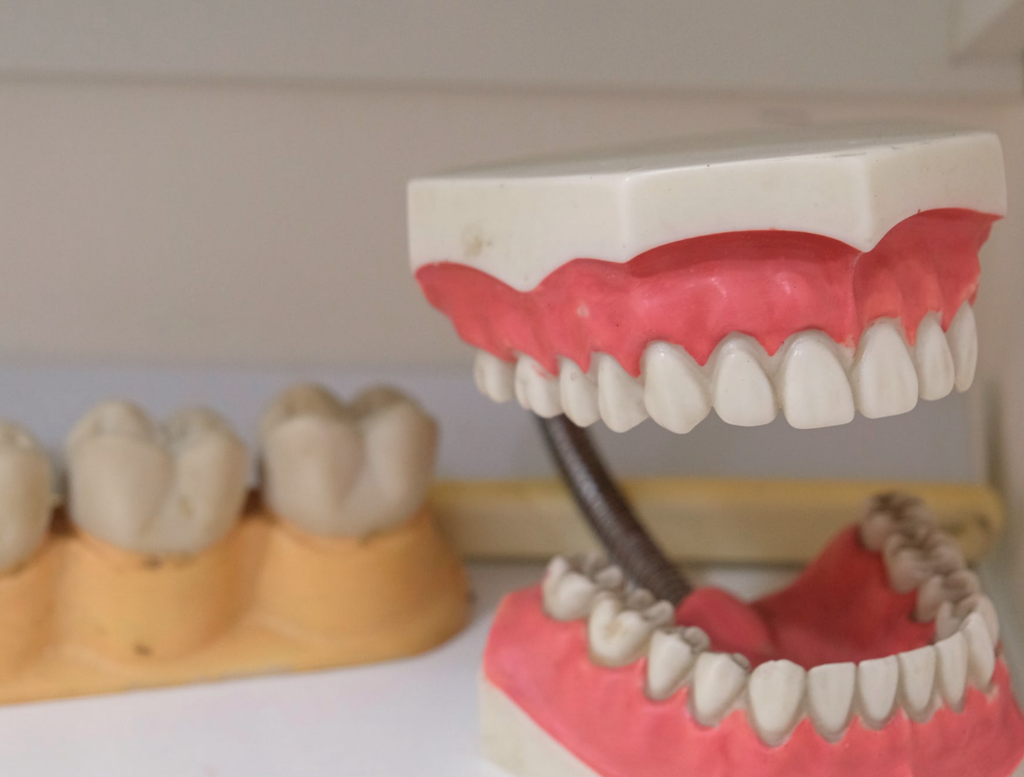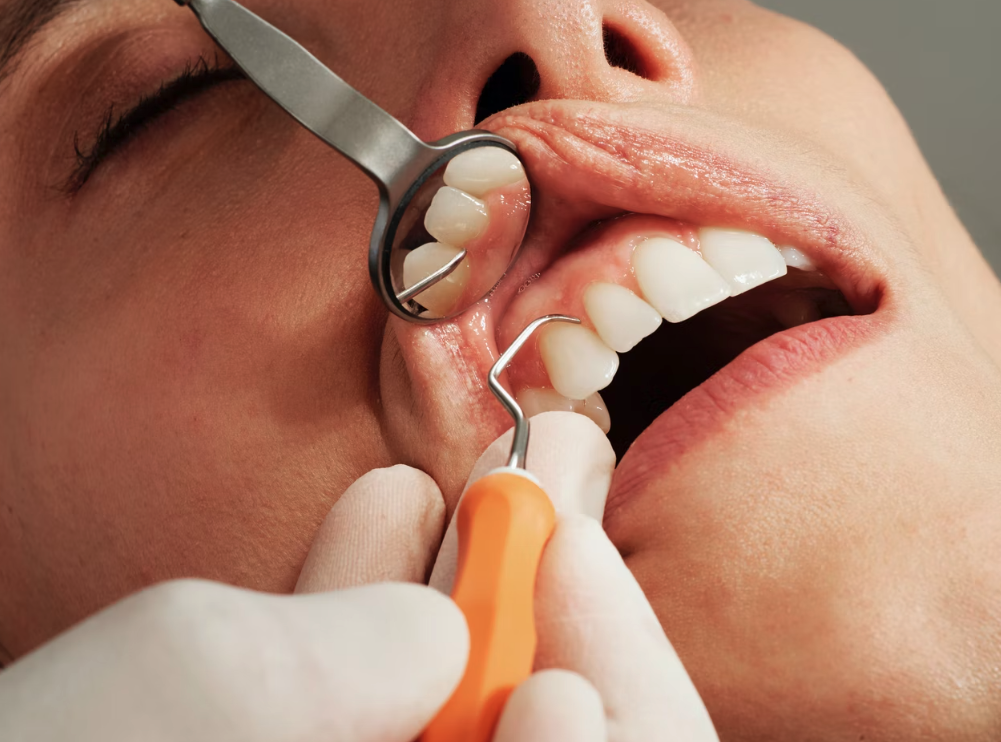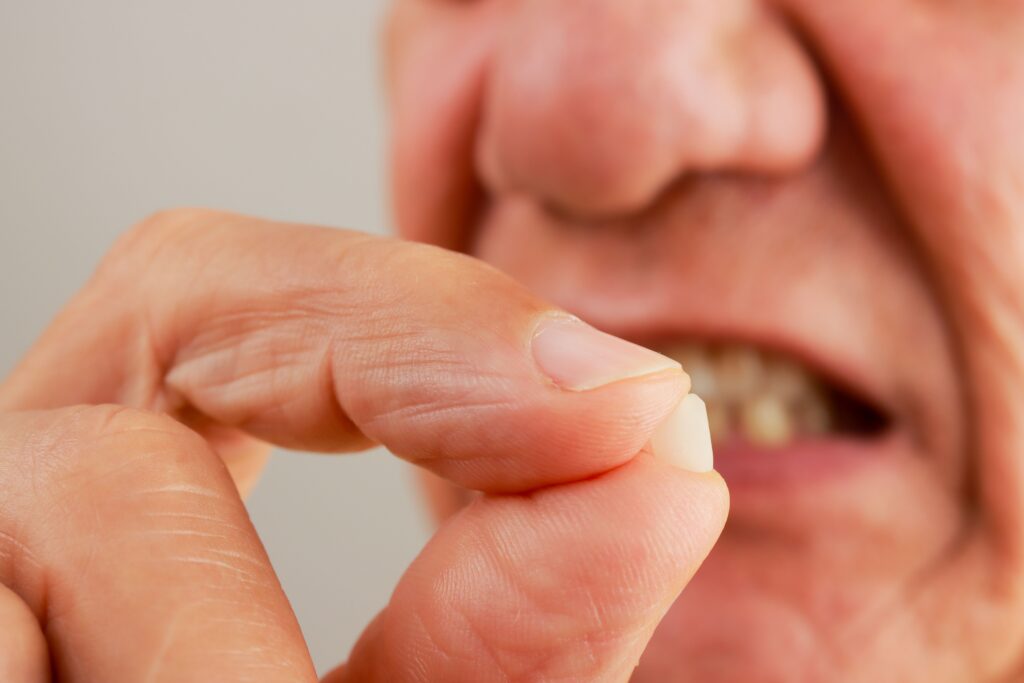Invisalign is a popular orthodontic treatment that uses clear, removable aligners to straighten teeth. Many people considering Invisalign wonder if the process is painful. This article will address common questions about Invisalign discomfort and provide helpful information to make your treatment as comfortable as possible.
What Kind of Discomfort Can You Expect with Invisalign?

It’s normal to experience some discomfort when starting Invisalign or switching to a new set of aligners. This happens because the aligners apply gentle pressure to move your teeth into their new positions. Common sensations include:
- Pressure or Tightness: A feeling of pressure on your teeth as the aligners work to shift them.
- Soreness or Tenderness: Mild soreness in your teeth and gums, especially during the first few days of wearing a new aligner.
- Jaw Discomfort: Some people may experience slight jaw pain as their mouth adjusts to the aligners.
These sensations are typically mild and temporary, indicating that the treatment is working.
How Long Does Invisalign Discomfort Last?
Discomfort from Invisalign is usually short-lived. Here’s a general timeline:
- First Few Days: The initial discomfort is often at its peak during the first 1-3 days after starting a new set of aligners.
- After a Week: By the end of the first week, most people find that the discomfort has significantly decreased or disappeared.
- Subsequent Aligners: Each time you switch to a new set of aligners (usually every 1-2 weeks), you might experience mild discomfort again, but it often lessens as your mouth adapts to the treatment.
If discomfort persists beyond a few days or becomes severe, it’s important to consult your orthodontist.
Is Invisalign More Painful Than Braces?
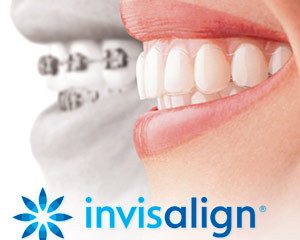
When comparing Invisalign to traditional braces, many patients report less discomfort with Invisalign. Here’s why:
- No Metal Components: Braces have metal brackets and wires that can irritate the inside of your mouth, leading to sores. Invisalign aligners are smooth and less likely to cause such irritation.
- Gentler Adjustments: Braces require periodic tightening, which can cause significant discomfort. Invisalign involves switching to a new set of aligners that make gradual adjustments, often resulting in less pain. A study found that patients with braces experienced more pain compared to those using Invisalign.
Tips to Manage Invisalign Discomfort
While Invisalign discomfort is usually mild, here are some tips to help manage it:
- Over-the-Counter Pain Relievers: Medications like ibuprofen or acetaminophen can help alleviate soreness.
- Cold Compress: Applying a cold compress to the outside of your mouth can reduce inflammation and numb the area.
- Soft Foods: Eating soft foods during the initial days of wearing a new aligner can minimize additional pressure on your teeth.
- Wear Aligners as Directed: Consistently wearing your aligners for the recommended 20-22 hours per day helps your mouth adjust more quickly.
- Use Orthodontic Wax: If the edges of the aligners irritate your gums or cheeks, applying orthodontic wax can provide relief.
Remember, any discomfort is temporary and a sign that your teeth are moving into their desired positions.
When to Contact Your Orthodontist

While mild discomfort is normal, you should reach out to your orthodontist if you experience:
- Severe or Prolonged Pain: Pain that doesn’t improve after a few days.
- Aligner Fit Issues: If your aligners don’t fit properly or cause significant irritation.
- Signs of Infection: Such as swelling, redness, or pus.
Your orthodontist can assess the situation and make necessary adjustments to ensure your treatment is as comfortable as possible.
Conclusion
Invisalign treatment may cause some mild discomfort, especially when starting or switching to a new set of aligners. However, this discomfort is typically short-lived and less intense than that experienced with traditional braces. By following the tips provided and maintaining open communication with your orthodontist, you can manage any discomfort effectively and look forward to achieving a straighter, healthier smile.



